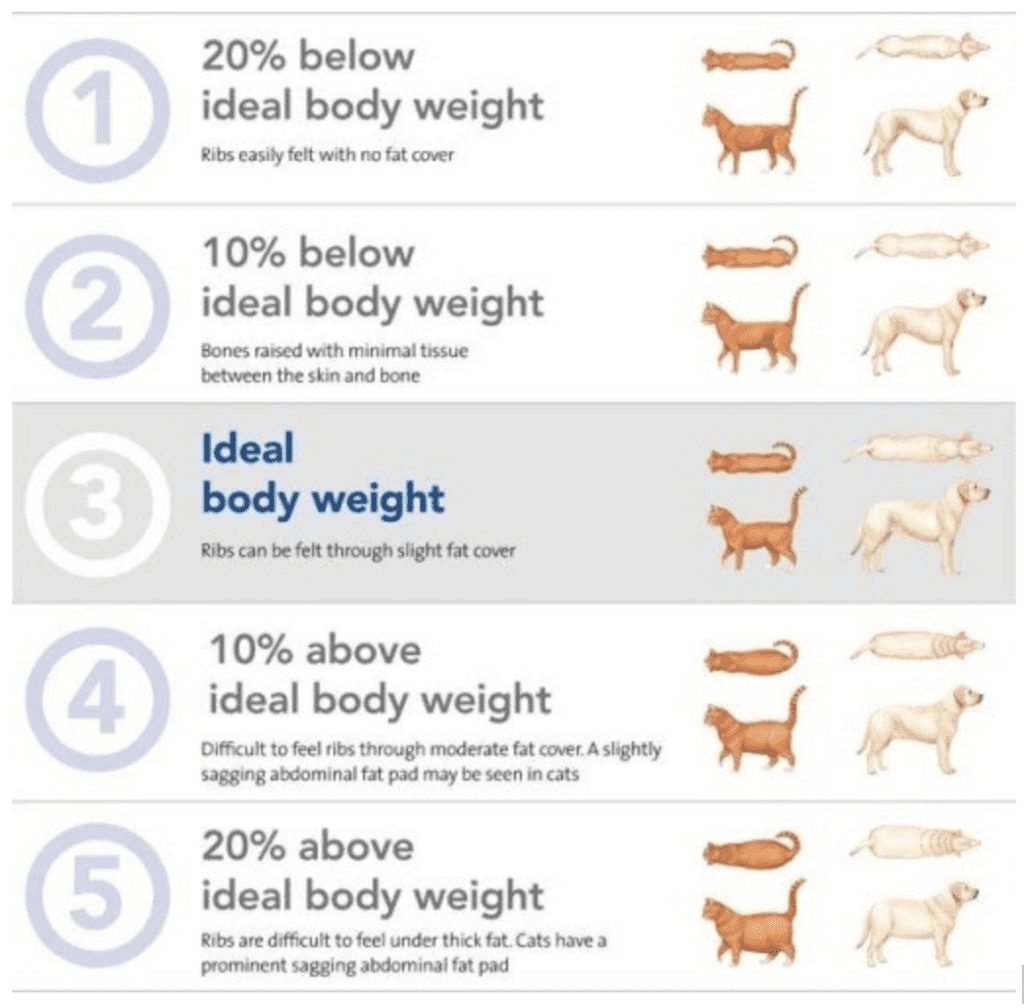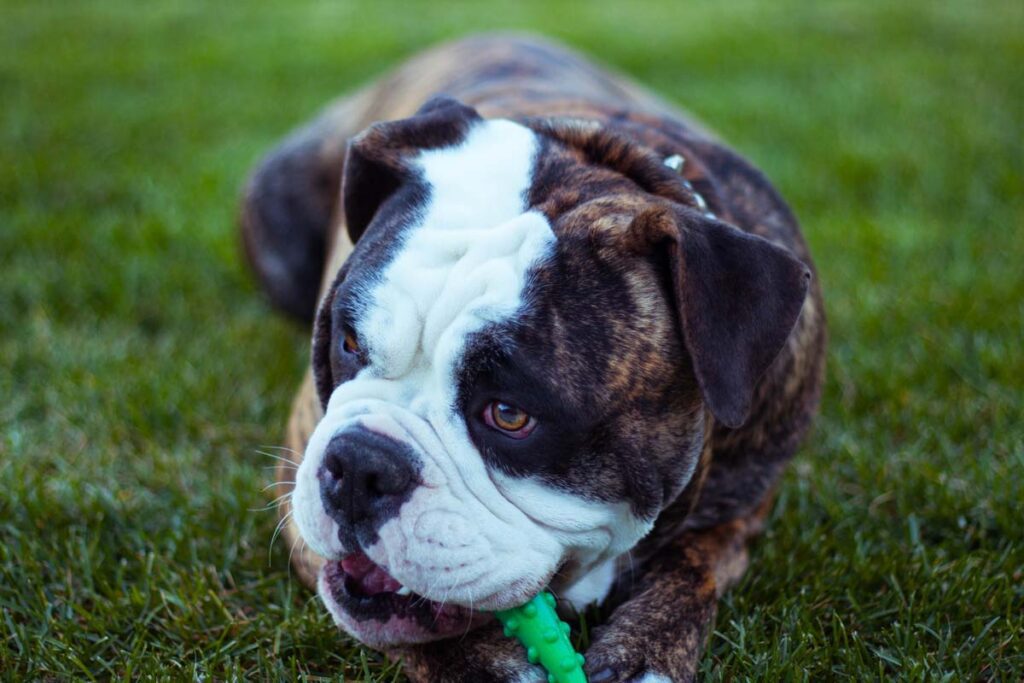Is My Dog Or Cat Overweight?
Hello, 2019! With the New Year abruptly upon us, we may find ourselves setting some personal goals for 2019. Traditionally, these goals include eating healthier, getting more exercise, and losing weight before bathing suit season arrives. But have you ever thought about setting goals for your beloved pet in the New Year? Or better yet, could your critter afford to lose a few pounds in the New Year? According to the Association for Pet Obesity Prevention, 53% of adult dogs and 55% of cats in the US are obese or overweight! In this 2-part series, you will learn about how to determine whether your pet is at a healthy weight as well as how to help your pet become a healthier version of themselves in 2019!
Tip #1: How do I determine if my dog or cat is overweight?
Most clients that I encounter do recognize that their critter is indeed plump, but there are times that my clients are truly shocked to hear that their beloved pet is overweight. The thought literally did not even begin to cross their minds! They see their critter every day and somehow become immune to the visual fact that their pet is growing wider by the second.
I find that the weights obtained at each annual examination are a critical piece to this investigation. These are factual data points that prove whether or not your pet is indeed gaining, maintaining, or losing weight over the years. No one can question this fact when we look back over the previous 7 years of your pet’s life and find that they have gained 15 pounds over the past 3 years.
During the examination of your pet, the veterinarian will run their hands over your critter, feeling for lumps, bumps, and density of body fat. Not all animals can be visually examined and determined to be of proper body weight due to the density of their fur (think of Pomeranians vs Miniature Pinschers). Ideally, you should be able to easily palpate the ribs underneath a thin layer of fat, but never be able to see them visually. You should also be able to see a very distinct difference between the depth of the chest and that of the waist, where the waist is half the size of the chest. Fun Fact: Believe it or not, critters can develop the dreaded love handles and muffin tops that we know and love!
Veterinarians use a Body Condition Score (BCS) to rate your pet’s weight. Ideally, your pet should score a 3/5, where 1/5 is emaciated and 5/5 is obese.
Below is a visual guide for you to use at home to score your own pets’ BCS.

Image courtesy Hill’s Prescription Diet- Clinical Nutrition to Improve Quality of Life
Tip #2: My pet is overweight. Now what?
The first and foremost point that I can not stress enough is the absolute importance of the annual examination of your beloved pet. In my professional opinion, this by far supersedes vaccinations by a long shot. Why? The annual exam is when you and your trusted vet discuss the wellness of your pet. That includes their weight amongst many other important things. Remember, for every 12 calendar months, your critter is aging between 7 and 10 years!!! Imagine not going to your doctor or dentist to discuss your health and wellness, but every 7 or 10 years… YIKES!
As a part of your New Years Resolution to be the best version of you in 2019, also think about your cute little critters. Call your trusted vet and make them an appointment for a wellness check. Discuss your concerns about their weight. Get a professional evaluation of their health so you and your critter can work together at being healthier in 2019!


